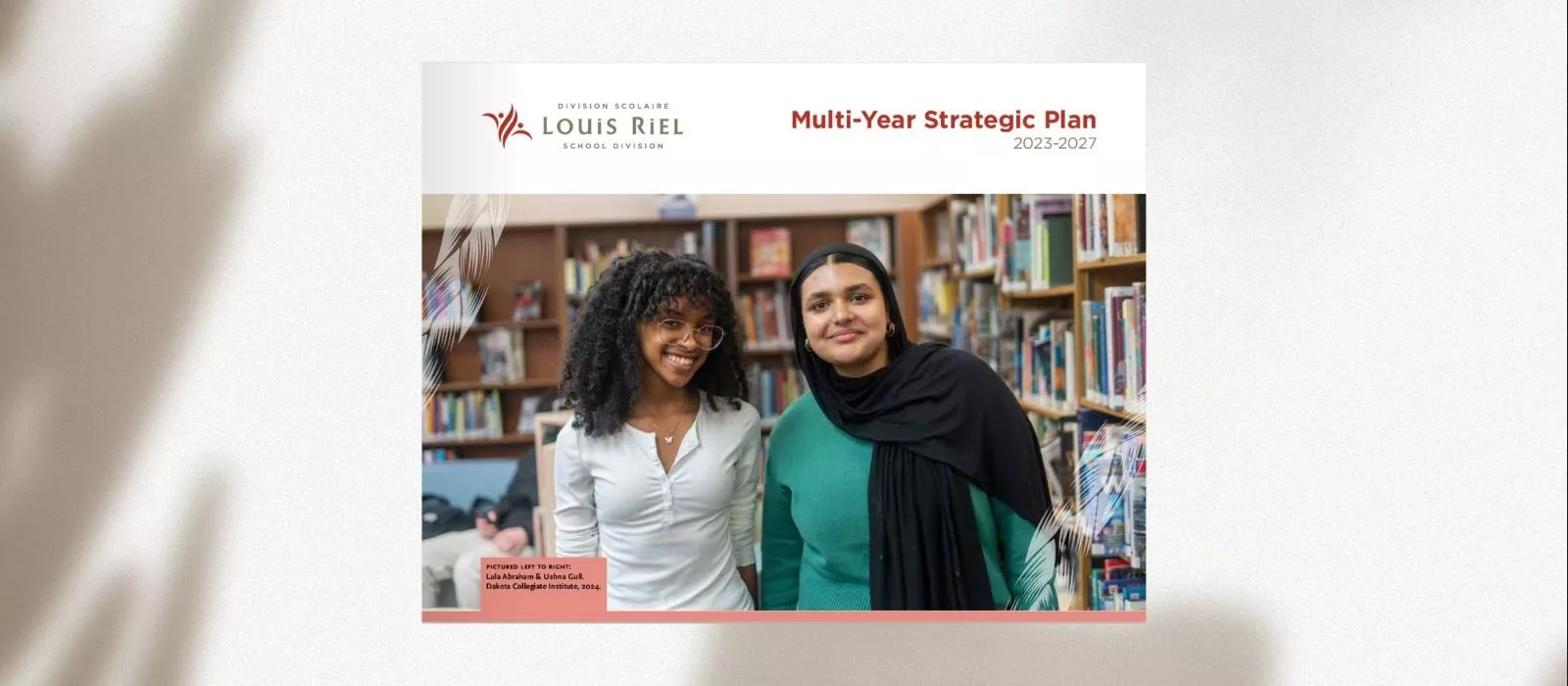Multi-Year Strategic Plan 2023-2027

Multi-Year Strategic Plan 2023-2027
Four strategic priorities and 25 strategic actions guiding our journey toward excellence in education.
About the MYSP 2023-2027
The Multi-Year Strategic Plan (MYSP) for 2023-2027 is centred on key insights gleaned from the Progress Report: Taking Stock of our MYSP for 2019-2023, published in March 2023. Ongoing opportunities in April, May, and June for community engagement shaped further refinements.
The MYSP emphasises our commitment to diversity, equity, inclusion, and accessibility (DEIA), Indigenous worldviews, co-stewardship, family partnerships, student voice and agency, and data-driven collaboration.
It is informed by Manitoba’s K-12 Education Action Plan, Mamàhtawisiwin: The Wonder We Are Born With, and the ISEE Assessment (2022), as well as research partnerships with universities and educational partners.
Explore the four strategic priorities and 25 actions that will guide the ����ֱ�� community on its journey for 2023-2027.

